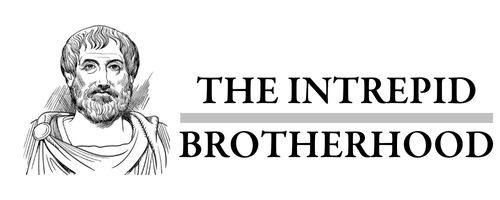Many people encounter toxic leadership in their careers but end up suffering through it in silence.
The prevalence of toxic leadership in organizations across the world is the subject of much debate. There is plenty of data to support the contention the as many as 1 in 3 leaders today possess the three characteristics of “The Dark Triad”, Machiavellian-ism, narcissism and psychopathy. However, most social scientists and authors who have studied the subject agree that it is likely around 15% of contemporary CEOs are toxic. Still, that means you and I have almost a 1 in 7 chance of being employed in an organization that, at some point, will have a toxic leader.
Most of the material that I have read on the subject makes very valuable suggestions on how an organization can determine and, in some cases, deal with toxic leadership “after the fact”. That should leave everyone wondering how the situation can be avoided in the first place, recognizing that prevention is often better than the cure. How do we keep people who possess these behavior traits from achieving and wielding power? Two well respected authors on the subject, Brian Klaas1 and Jack McCullough2, believe that we need to change our systems of hiring, feedback and evaluation in order to establish the level of awareness necessary to reduce the number of toxic leaders.
Traditional hiring practices have unfortunately concentrated on skills like assertiveness and technical expertise, at the expense of measuring toxic and parasitic tendencies. Tomas Chemorro-Premuzic, Ph.D., believes that hiring practices need to be modified to detect toxicity and to emphasize integrity instead.3
Probably the most important elements of his method are Personality Tests and Natural Language Processing. Several tests have been developed that purport to identify the presence and extent of traits that might lead the candidate to create a toxic environment. The Hare Psychopathy Checklist4 was designed on the assumption that the psychopath tends to display a combination of antisocial personality traits which include: superficial charm; charisma/attractiveness; affective instability; lack of empathy; sadistic/paranoid traits; and others. Position announcements and interview questions should be crafted to reveal and measure things like: glibness/superficial charm; egocentricity/grandiose sense of self-worth; pathological lying and deception; lack of sincerity; lack of remorse; lack of emotional depth; lack of empathy; impulsivity; failure to accept responsibility of actions; and others. All of these traits are strong indications that the candidate does not embody the level of integrity that organizations should look for in their leaders. Using an assessment tool such as this and then training interviewers to translate people’s language use and word preferences to identify negative, aggressive, over-confident and anti-social personality traits can go a long way toward reducing the problem.
Our hiring practices need to be refined to detect when a candidate is “faking good”. Whatever it takes to keep people like that from achieving power is warranted ……… to the benefit of everyone.
Stay Courageous,
Gordon
1“Corruptible:Who Gets Power And How It Changes Us”, Brian Klaas, Scribner, November 2021
2“The Psychopathic CEO:An Executive Guide”, Jack McCullough, copyright Jack McCullough 2021
3”How to Predict Toxic Behavior”, Tomas Chamorro-Premuzic, Ph.D., Psychology Today, July 15, 2021
4‘The Hare Psychopathy Checklist’: The test that will tell you if someone is a psychopath, Jim Edwards and Kenneth Niemeyer, Business Insider, June 9, 2023
